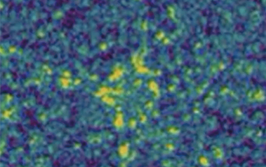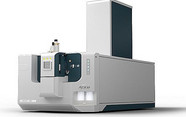Analyzing Particle Size of Calcium Carbonates using Laser Diffraction

contributed by Malvern Panalytical |
Abstract
Laser diffraction is a widely used technique for the analysis of calcium carbonated due to its wide dynamic range, flexible dispersion options, speed of measurement and reproducibility of results.
Introduction
Calcium carbonates fulfill a variety of different functions in a wide range of industries:
- Adhesives and sealants: as fillers and viscosity controller
- Animal and pet feeds: as a source of calcium and a digestion aid
- Construction: as a filler for concrete, grout, asphalt, and roofing materials
- Fertilizers: as a filler and a source of calcium
- Foods: as an additional source of calcium
- Household and hygiene products: as a mild abrasive
- Mining: as a bridging component in drilling muds
- Paints and surface coatings: as a pigment, filler, extender and finishing aid
- Paper: as a filler, coating pigment, and acidity controller
- Pharmaceuticals: as a filler or bulking agent
- Plastics: as a filler and rheology controller
- Rubber and elastomers: as a filler and extender.
Measuring the particle size of calcium carbonates
To provide this range of functionality, calcium carbonates are available in a wide range of different particle sizes, and with different surface coatings. The Mastersizer 3000 laser diffraction system can measure particle size from nanometers to millimeters, with measurements over the range being achieved in only a few minutes. This range and measurement speed enables the particle size of calcium carbonates to be tracked during production processes as well as in quality control of a final product.
Log in or register to read this article in full and gain access to The Analytical Scientist’s entire content archive. It’s FREE!

















